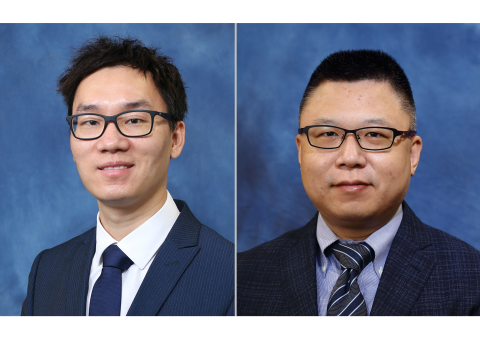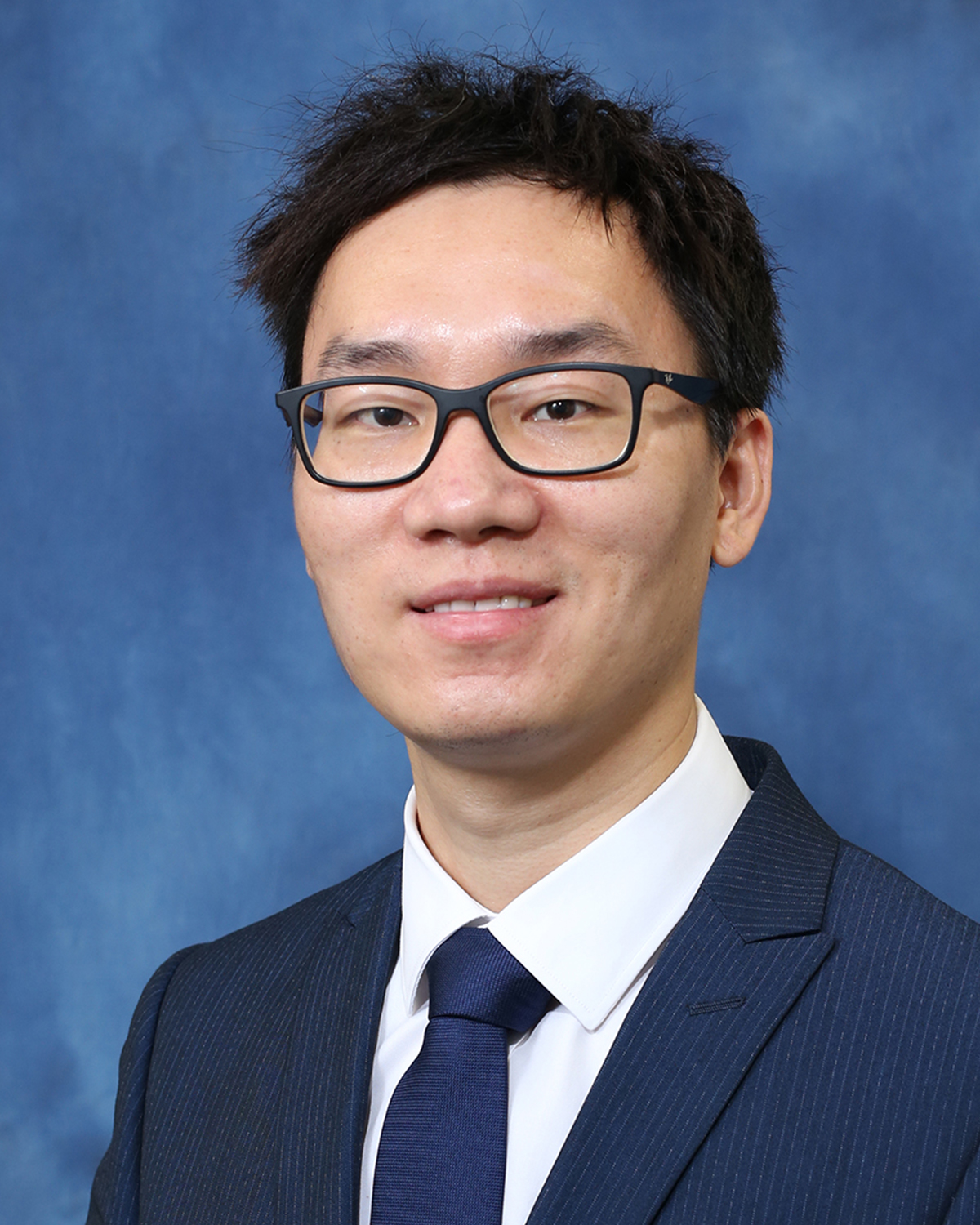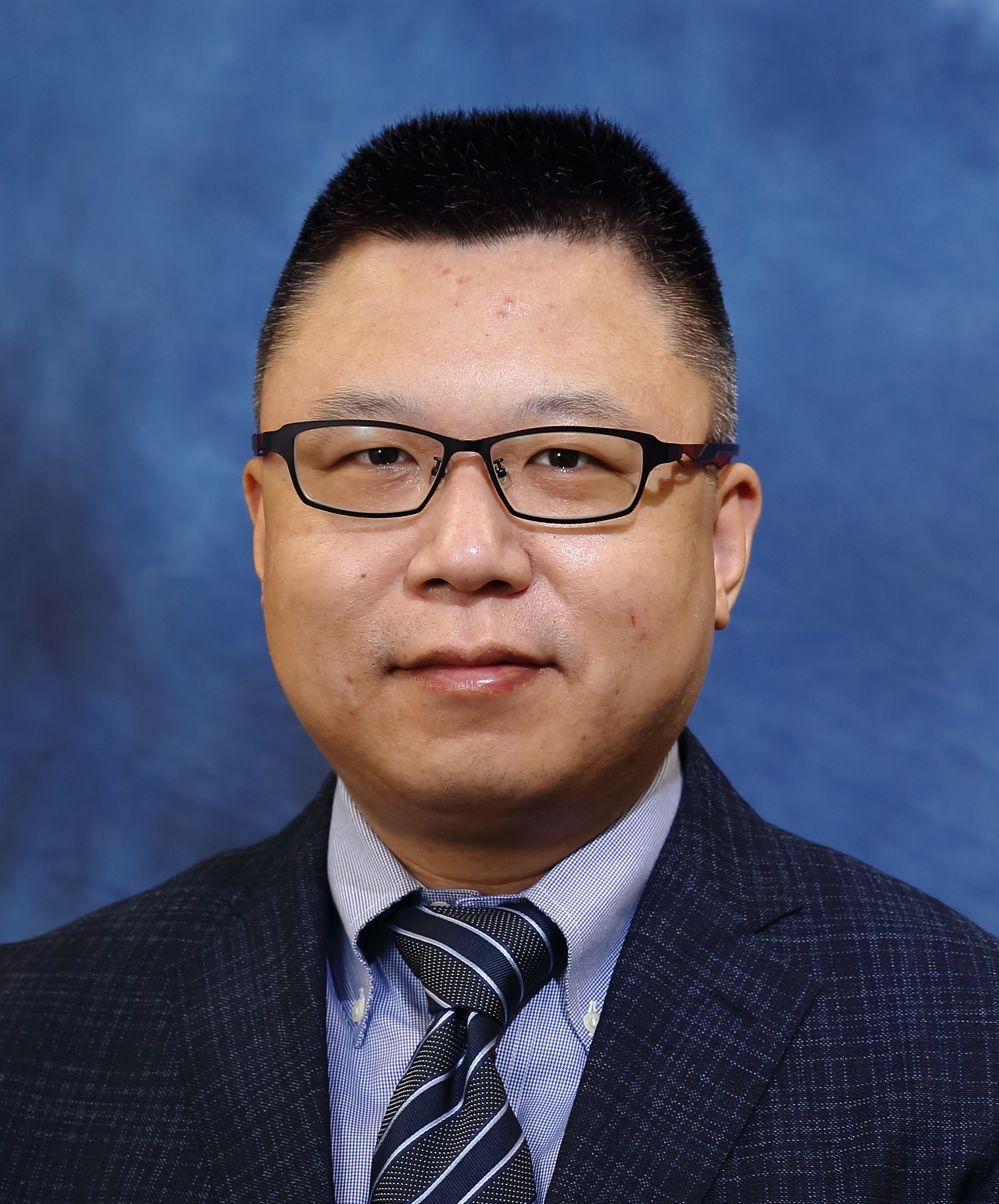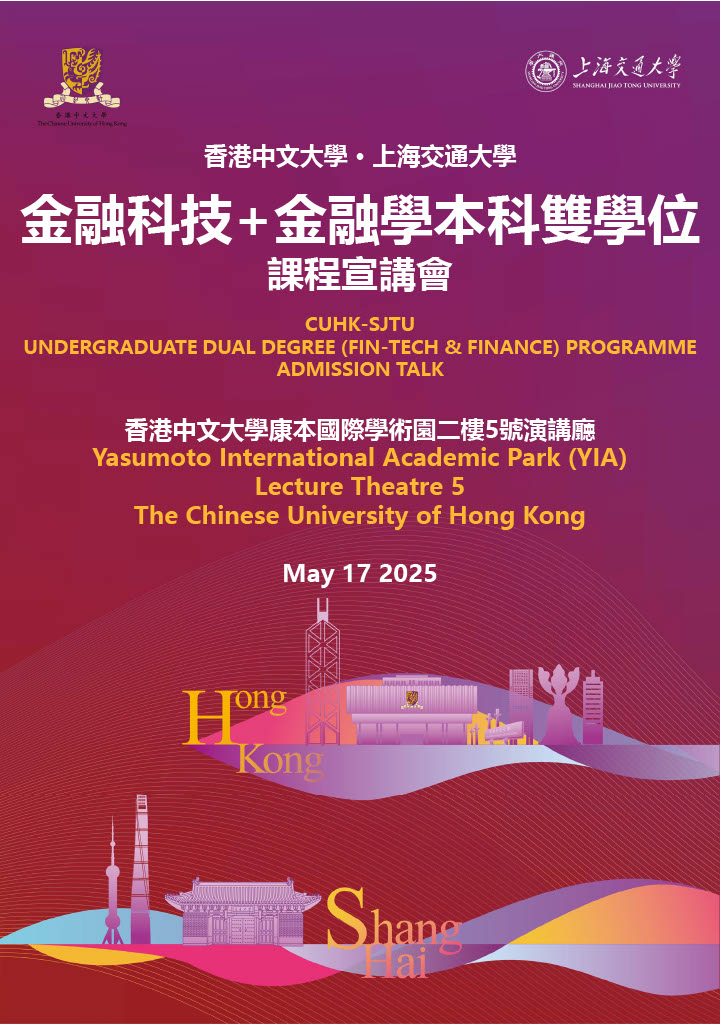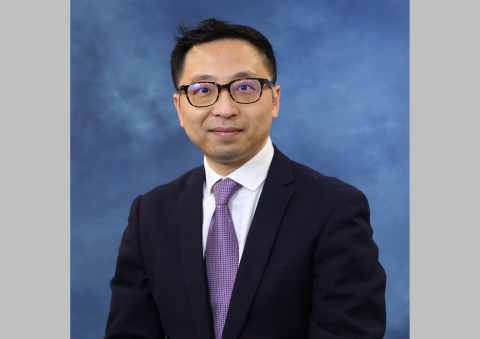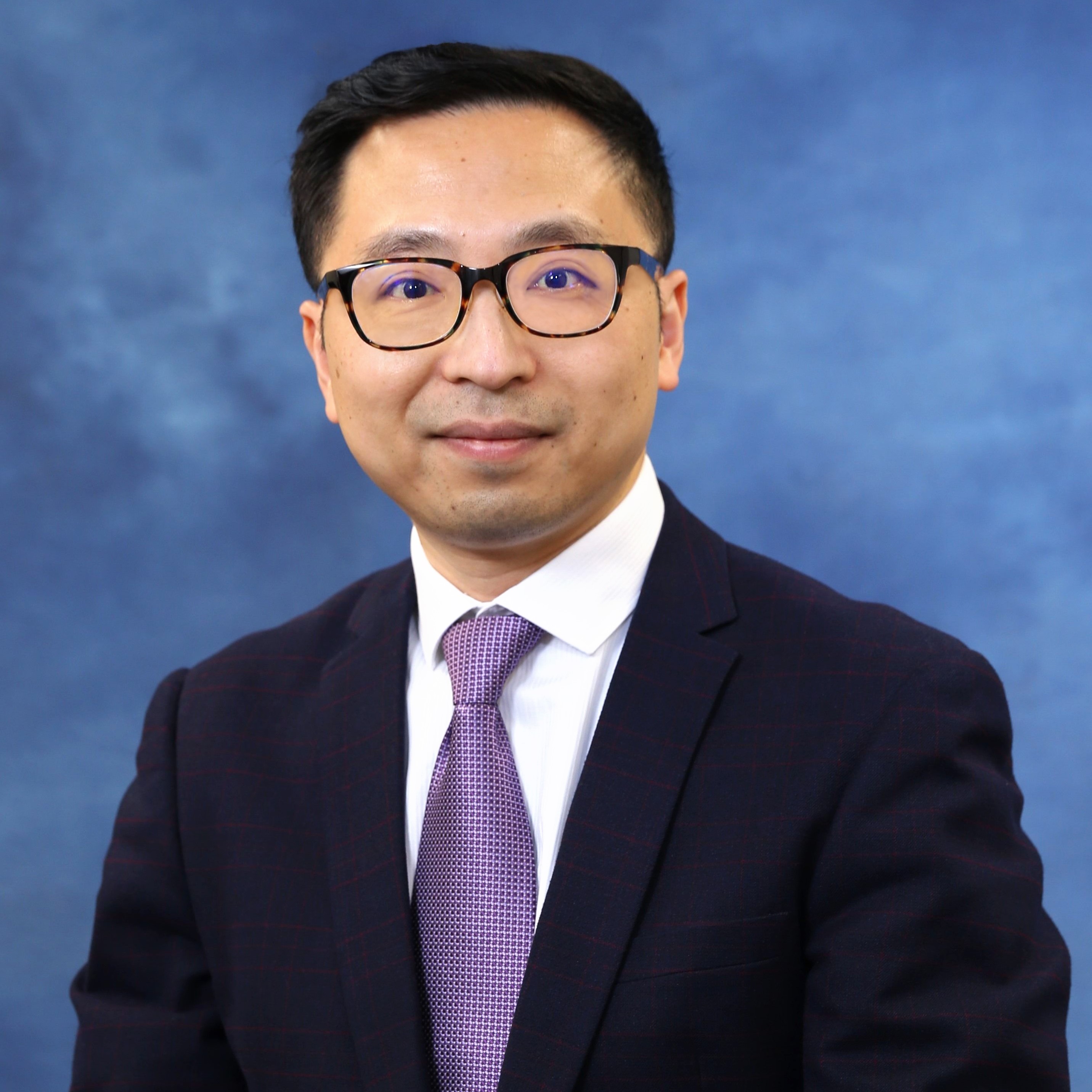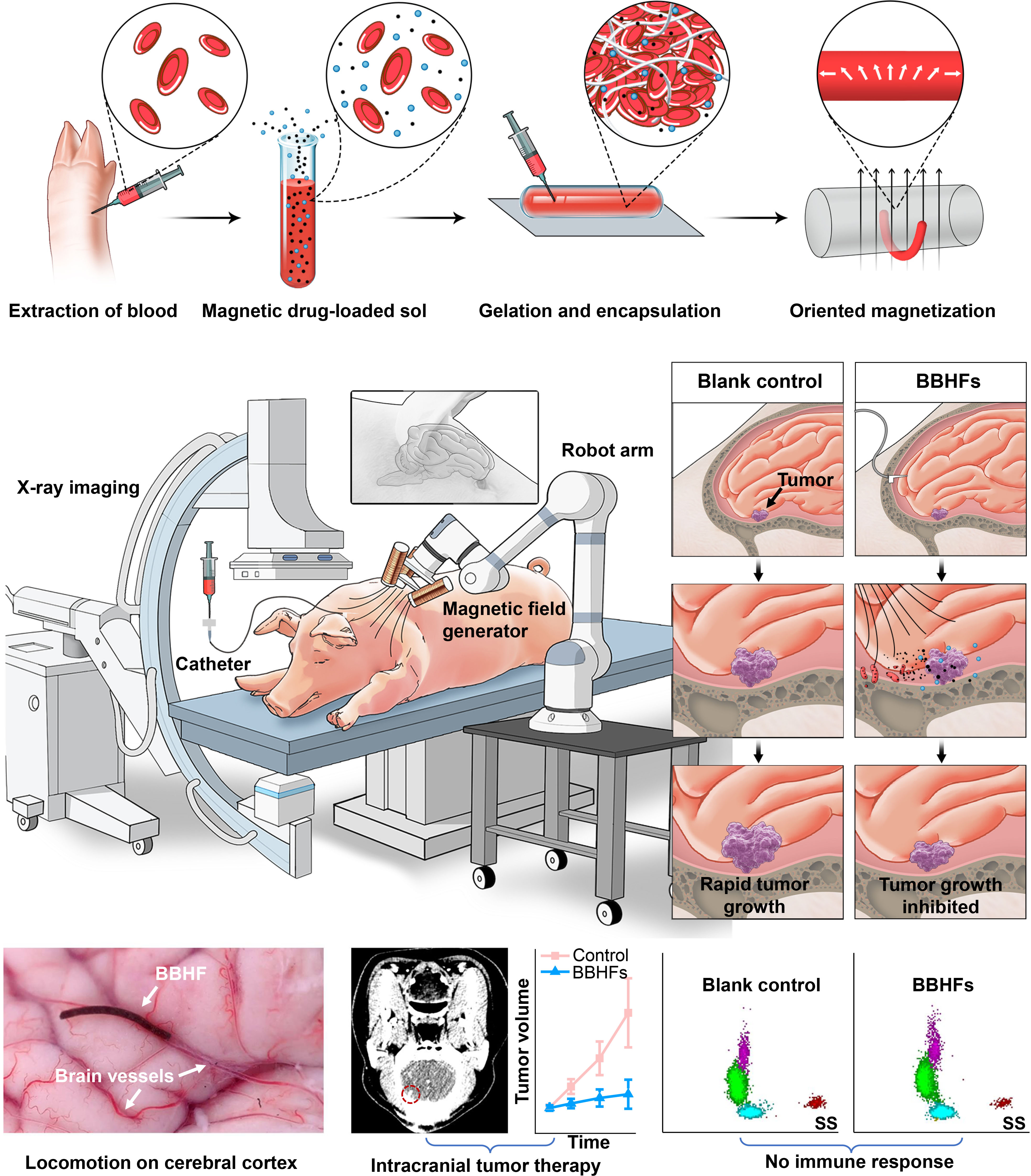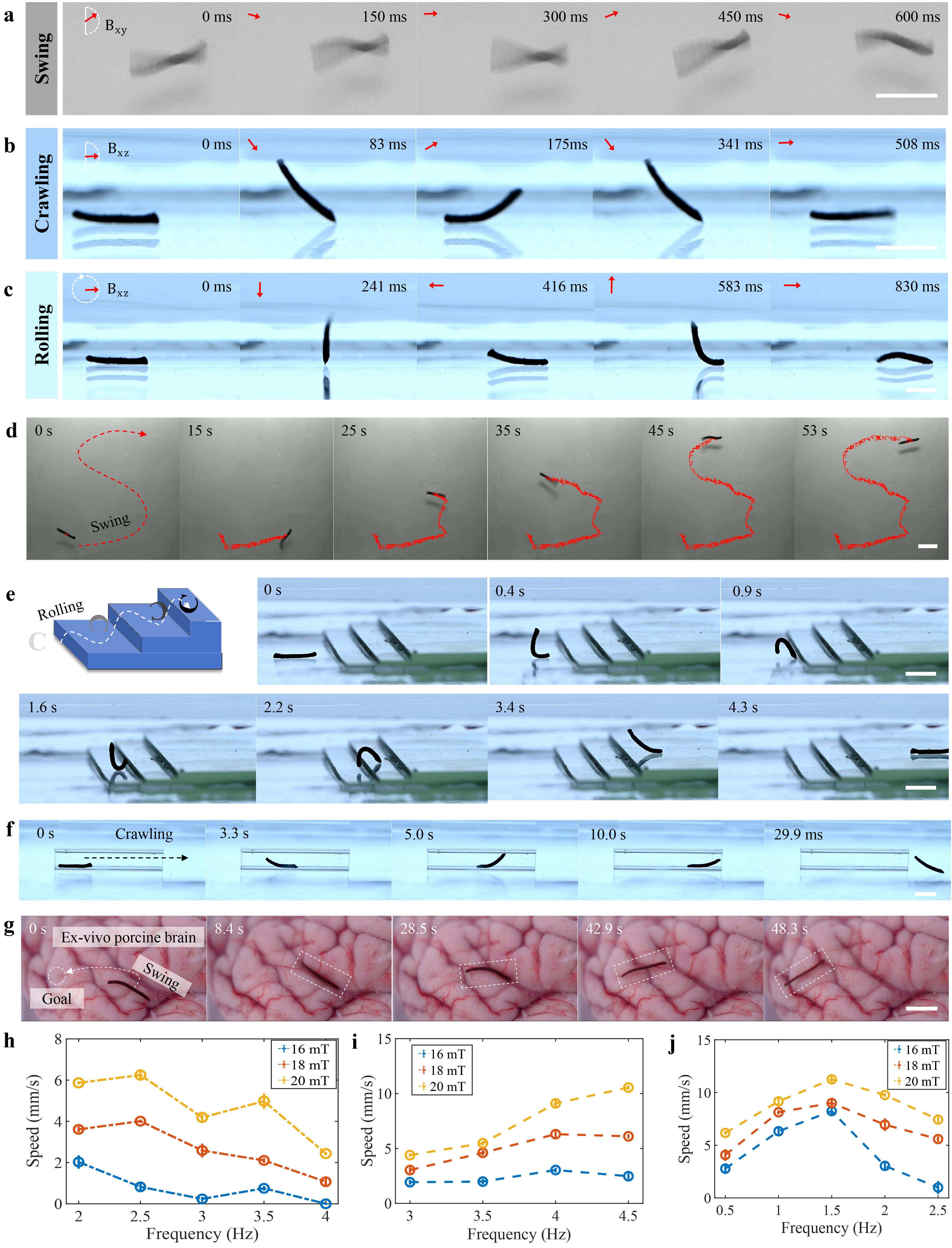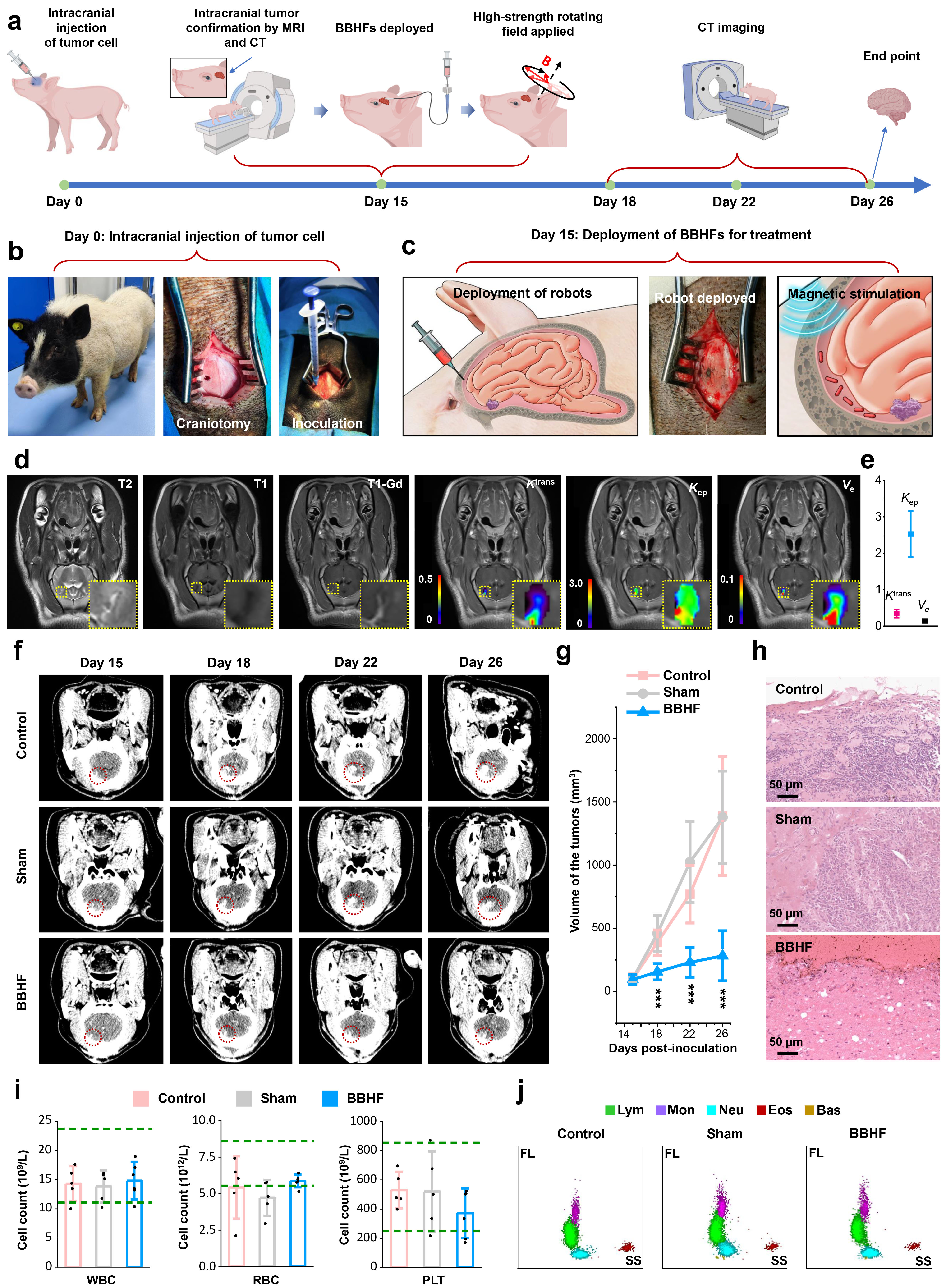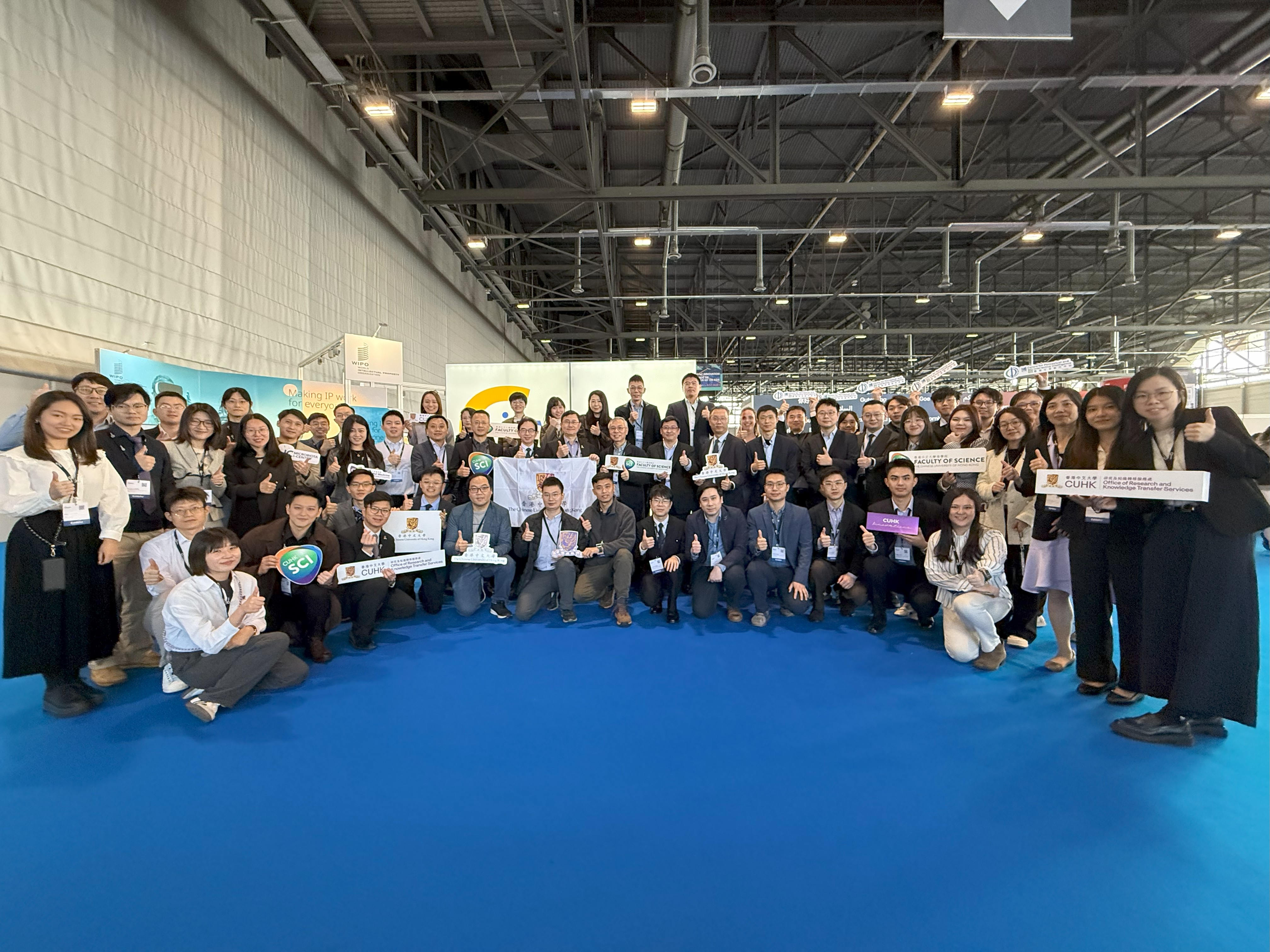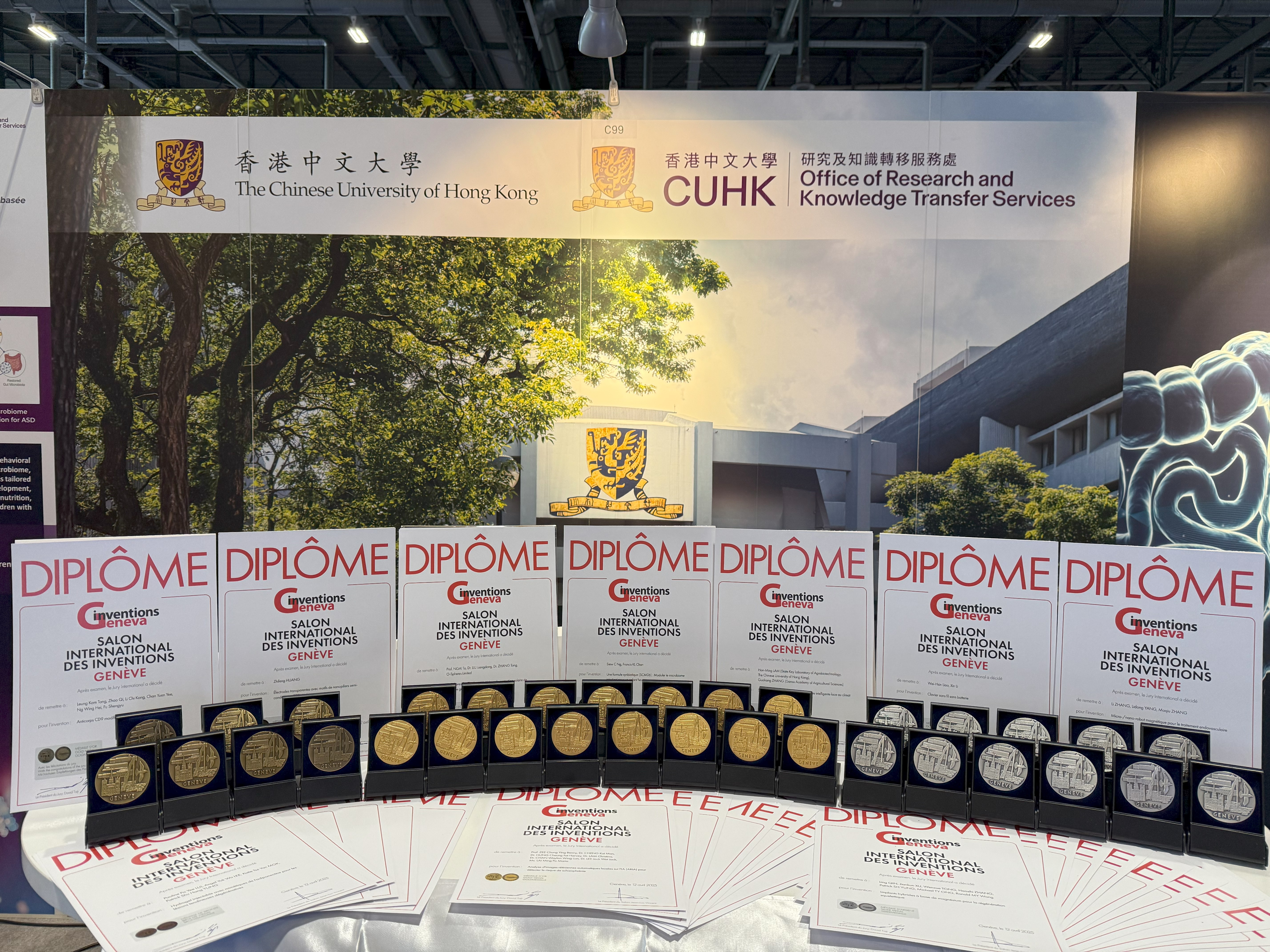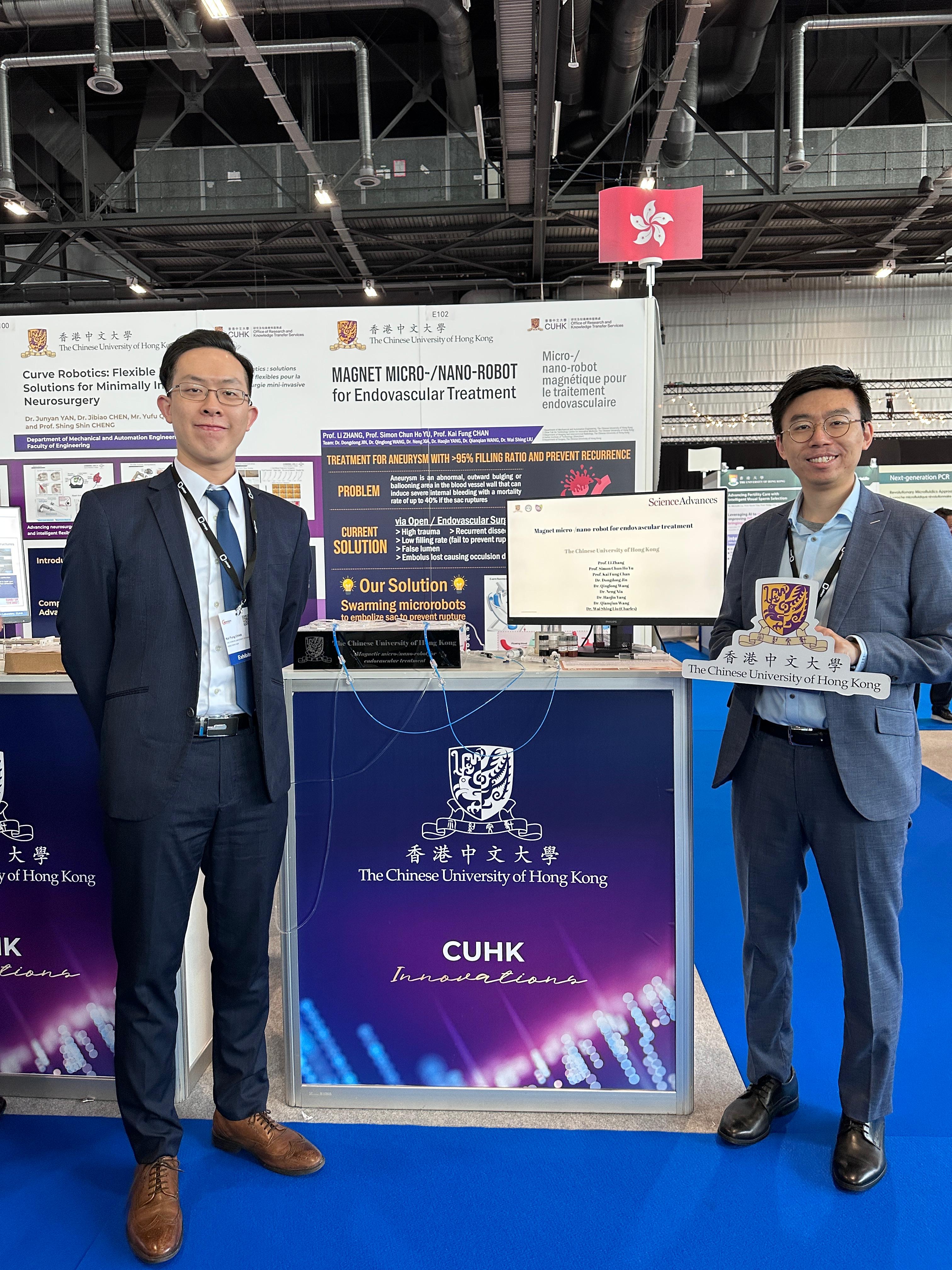A collaborative research team, led by Professor Zhang Li from The Chinese University of Hong Kong (CUHK)’s Department of Mechanical and Automation Engineering; Professor Wang Ben, an associate professor at Shenzhen University’s College of Chemistry and Environmental Engineering; and Dr Xu Tiantian from the Shenzhen Institutes of Advanced Technology (SIAT), Chinese Academy of Sciences, has successfully developed the world’s first magnetically driven blood hydrogel fibre robots in the SIAT-CUHK Joint Laboratory of Robotics and Intelligent Systems. This breakthrough marks a significant advancement in the treatment of deep-seated intracranial tumours. The research result has been published in the internationally renowned journal Nature Biomedical Engineering, with Professor Zhang Li, Associate Professor Wang Ben and Dr Xu Tiantian serving as the corresponding authors of the study.
New technology overcomes challenges in brain tumour therapy
Intracranial tumours located in deep brain regions or adjacent to functional areas have long posed significant challenges in clinical treatment. Conventional surgery often carries the risk of irreversible neurological damage due to the complexity of anatomical pathways. Radiotherapy may result in radiation necrosis of normal brain tissue, while chemotherapy is limited by the low permeability of the blood-brain barrier, making it difficult to achieve effective drug concentrations. Therefore, developing a non-invasive, precise and efficient treatment for such tumours remains an urgent and formidable challenge.
To address the issues associated with treating tumours in deep brain regions and near functional areas, the Hong Kong-Shenzhen interdisciplinary team has developed an innovative, magnetically driven, biohybrid blood hydrogel fibre robot based on the patient’s own blood. Using fibrin extracted from autologous blood and biomimetic gelation techniques, the team fabricated a flexible carrier with mechanical properties closely matched to brain tissue, significantly reducing the risk of immune rejection. Magnetic particles embedded within the robot enable a variety of biomimetic movements such as swinging, rolling and crawling, which allow it to navigate flexibly through complex brain regions like the subarachnoid space. Coupled with X-ray imaging technology, the entire therapeutic process can be monitored and precisely guided in real time.
The team has abandoned the conventional vascular delivery pathway and, in a breakthrough approach, selected cerebrospinal fluid as the robot’s natural channel for transportation. By integrating a specially designed multimodal magnetic actuation strategy, the robot can precisely navigate through brain structures and reach the tumour site. Upon arrival at the target, the robot is fragmented by a magnetically induced mechanical rupture mechanism under a high intensity oscillating magnetic field, enabling the efficient release of the chemotherapeutic agents it carries. This significantly increases local drug concentration, enhances therapeutic efficacy and reduces systemic side effects, providing a novel solution for the non-invasive, precise, efficient treatment of deep-seated, functionally critical intracranial tumours.
Hong Kong-Shenzhen team’s research collaboration drives clinical translation
Professor Zhang said: “This innovative, magnetically driven blood hydrogel fibre robotic system integrates cutting-edge technologies from multiple disciplines, including biomaterials and intelligent microrobotics. It demonstrates the advantages of collaborative innovation and resource sharing between Hong Kong and Shenzhen in the fields of biomaterials, soft robotics and medical imaging, paving a new path for precise, non-invasive treatment of intracranial tumours located in deep brain regions or adjacent to functional areas.”
Professor Wang said: “The interdisciplinary team has been focusing on nanorobotic thrombolysis for years. During the exploration of the soft structure of thrombi, we developed a gel robot derived from the patient’s own blood, which not only possesses a low modulus matching that of human brain tissue but also demonstrates the ability to swim through both narrow and deep cavities. More importantly, as the material is sourced autologously, it effectively avoids immune rejection and greatly enhances future clinical applicability.”
Dr Xu said: “By integrating a high-precision magnetic control system with real-time imaging tracking, the interdisciplinary team has enabled the blood hydrogel fibre robot to efficiently and accurately navigate to lesions within complex environments such as cerebrospinal fluid. This establishes a new paradigm for the automated application of microrobots in medical therapy.”
This breakthrough not only showcases the robust capabilities of Hong Kong-Shenzhen collaborative innovation but also lays a solid foundation for the broader application of personalised medicine and intelligent medical robots in the healthcare sector. Professor Wang, the study’s first author, obtained his PhD in Professor Zhang Li’s research group at CUHK. The Joint Laboratory of Robotics and Intelligent Systems at SIAT-CUHK, jointly established by Professor Zhang and Dr Xu, brings together a multidisciplinary team, providing powerful support for the project’s rapid advancement and technological breakthroughs. The team will continue to optimise the material properties and locomotion performance, expand the range of applicable indications and promote clinical translation.
This research was supported by the Research Grants Council (RGC) of Hong Kong, the Croucher Foundation, the National Natural Science Foundation of China, the Shenzhen Science and Technology Programme, the SIAT-CUHK Joint Laboratory of Robotics and Intelligent Systems and Intelligent Systems, and the Multi-Scale Medical Robotics Center (MRC), InnoHK.
For the full research, please visit:
https://www.nature.com/articles/s41551-025-01382-z
